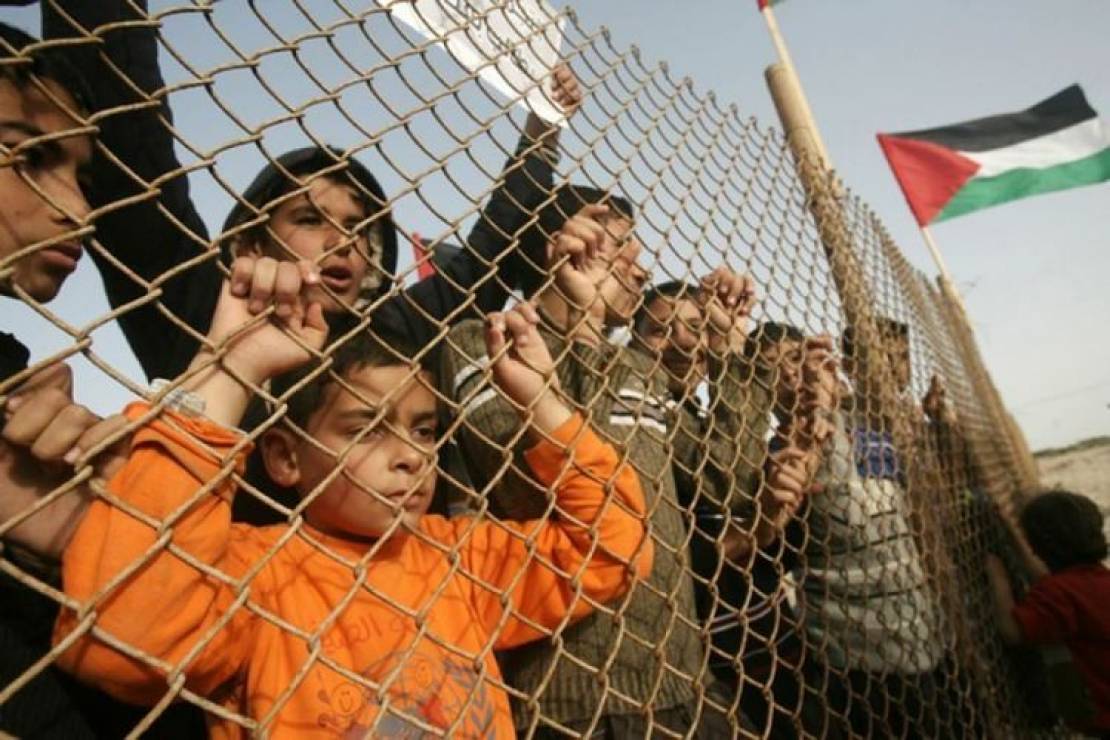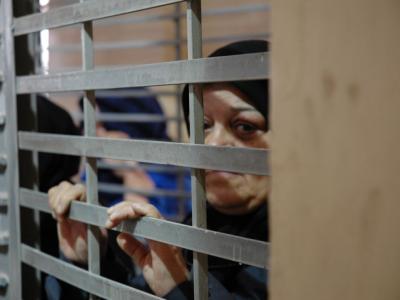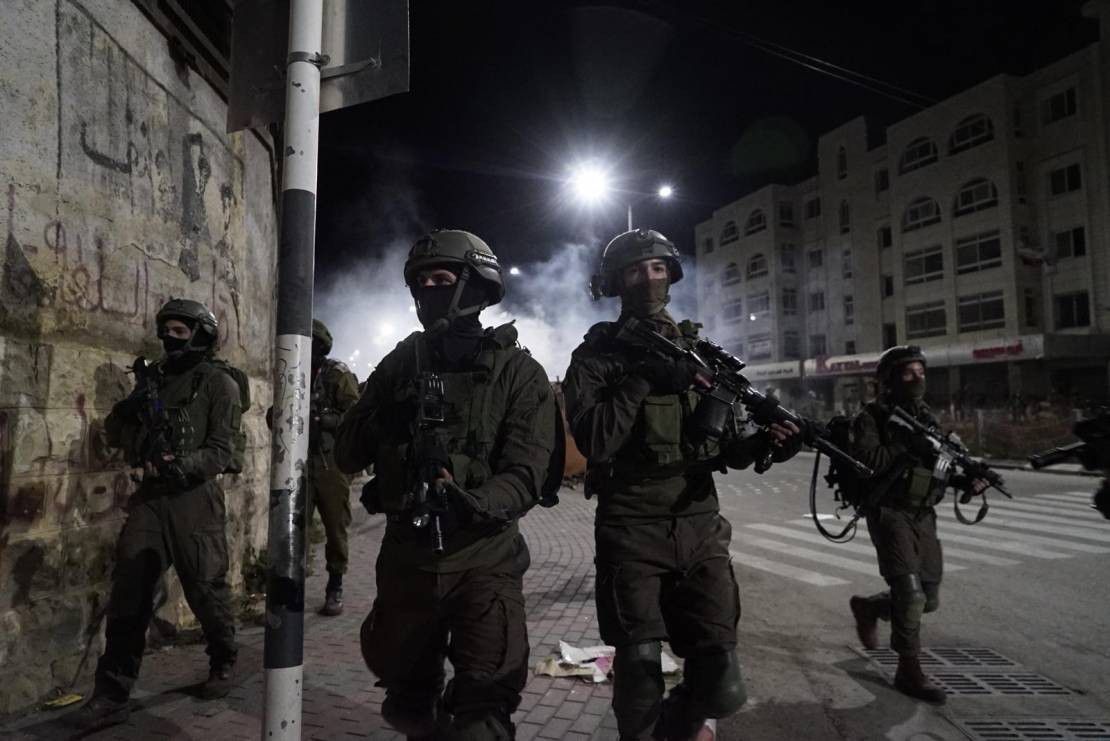Since 2006 and for the next 16 years until January 2023, Israel has been enforcing a siege on the Gaza Strip, the West Bank, and Jerusalem, which is seen as a gross breach of international law, exacerbating amid the emergence of the new Israeli extremist government.
In its recent conference, the United Nations Relief and Works Agency for Palestine Refugees (UNRWA) in the Gaza Strip confirmed that 81% of the population of the Strip face catastrophic challenges due to many factors, most notably the 16-year-old blockade.
It’s worth mentioning that the Euro-Mediterranean Human Rights Monitor confirmed in a recent report that the humanitarian situation in the Gaza Strip is still very bad with the end of the Israeli blockade in its seventeenth year, stressing that the blockade has caused the impoverishment of more than 61% of the population of the Strip, which is about 2.380 thousand people.
The Majority of Palestinians in the Gaza Strip and the West-Bank are Under Poverty Line
According to the fact that Gaza has been under a military occupation of more than 55 years, and this crisis has been exacerbated by the lack of commitment to international humanitarian law and international human rights law, the repeated aggressions on the Gaza Strip and the internal division.
If it is determined, a quarter of the families in the West Bank are living in “very harsh” or “catastrophic” conditions, compared to 21 percent in 2022, and the situation is more severe in Gaza, where the percentage of families who fall under the category, those suffering “extremely difficult” conditions accounted for 29 percent compared to 10 percent in the previous year.
31 percent of Palestinians in the West Bank and 81 percent in Gaza face challenges in meeting basic essential needs, especially in accessing food, health and public utilities.
Till January 2023, reports showed that 8% of families in the West Bank and 73% of families in Gaza received humanitarian assistance during the six months preceding the collection of data related to the multisectoral needs analysis for the year 2022. Of these, 80% are women and 65% are in Gaza; Violence against women, especially at the hands of their husbands, remains alarmingly high.
Israeli Blockade Affects the Economic Situation in the Gaza Strip
By the end of January, 2023, Israeli blockade has prevented about 47% of Palestinian participants in the labor force from working as approximately 53% of the population suffers from food insecurity.
The continuation of Israeli restrictions on the movement of people and goods to and from the Gaza Strip through the Erez and Kerem Shalom crossings, as the exit of individuals is mainly limited to humanitarian cases that obtain transit permits after a lengthy security check.
Meanwhile, the Israeli side continues to ban the entry of large numbers of people, important materials and equipment for the health, commercial and production sectors under security pretexts.
Obvious Deterioration in the Health Sector in the Gaza Strip
There is an evident rise in the number of patients dying as a result of the delay or refusal of the Israeli authorities to grant them permits to exit through the Erez crossing for the purpose of having an urgent medication. Note that 8 patients from the Gaza Strip died because of this during 2022.
There is a significant deterioration in the health sector as a result of the Israeli blockade, with a shortage of basic medicines reaching about 40%, a shortage of medical consumables reaching 32%, and a 60% shortage in laboratory supplies and blood banks.
The Israeli side also prohibit the entry of important medical devices such as diagnostic x-ray machines, and refuse to enter spare parts needed to maintain broken medical devices till January 2023.
Shortlink for this post: https://daysofpalestine.ps/?p=34766








